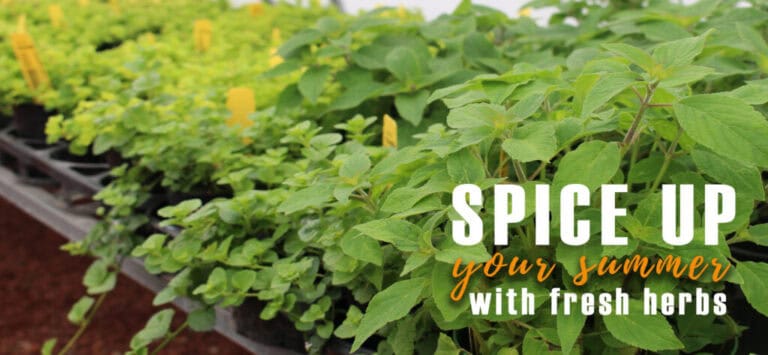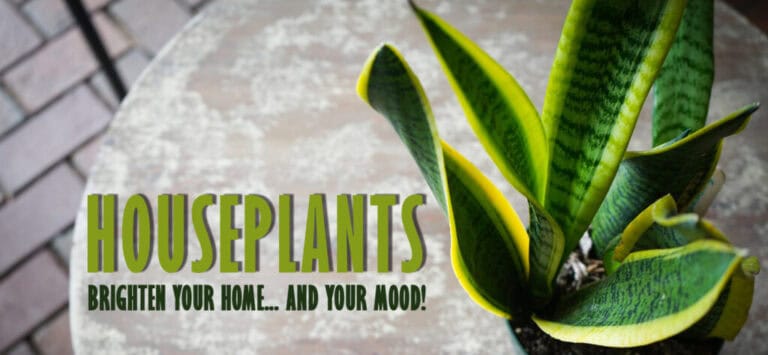The Buzz About Pollinators
By Kelly Smith | June 24, 2021
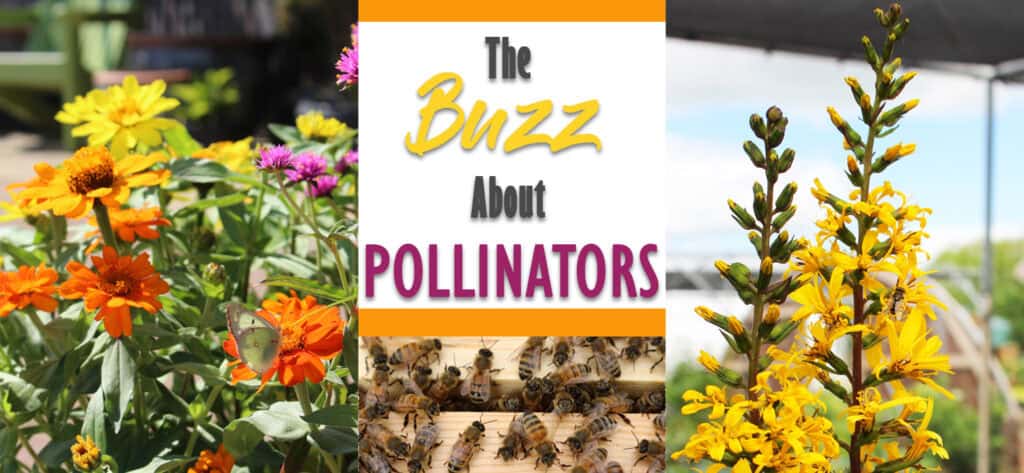
Summer is in full swing, the gardens are full of luscious plants and beautiful blooms, and you probably have seen a wealth of insects, birds, and butterflies buzzing around your yard and beds. These small creatures, also known as pollinators, play a crucial role in plant reproduction and sustaining our ecosystems. In fact, 75% – 95% of flowering plants need help with pollination, relying on animals like birds, bats, bees, butterflies, and beetles to transport their pollen as they move from flower to flower.
In recent years, these hard-working helpers have seen a decline in populations due in large part to loss of feeding and nesting habitats. Pollution, chemical use, and changing climate patterns also play a role in affecting the pollinator population. Luckily, through public awareness, community programs like “No Mow May”, and helpful gardening techniques, there has been a strong movement to save our pollinators and their habitats, ensuring the continuation of healthy ecosystems and plant reproduction.
Positively impacting the pollinator population is easy to do in your own yard, too. Incorporating blooming plants for each season, reducing pesticide use, and choosing pollinator-friendly perennials in your landscape are all small ways to make a big impact in creating a thriving environment. Many of the plants that pollinators like best also boast long bloom seasons, giving your yard a long season of gorgeous color, as well as bringing attractive wildlife like butterflies and songbirds to your home.
Incorporating pollinator-friendly perennials into your landscape is an easy step, and we’re here to share a few of our favorite varieties. Read on for our top 5 perennials, sure to bring a wealth of pollinators, not to mention seasonal color, to your yard!
Bee Balm (Monarda)
Bee Balm is a native favorite for attracting bees, butterflies and hummingbirds, and for good reason. This hardy perennial boasts vibrant red, pink, purple or white flowers (depending on the variety) that will last for a good portion of the summer season. Growing 3′ – 4′ height, it is a beautiful backdrop for beds or a great stand-alone in the landscape. Bee Balm prefers most soil a sunny location, although it can tolerate partial shade. Leave the seed heads intact after the blooms are spent, as they’ll attract songbirds in the fall and winter season!
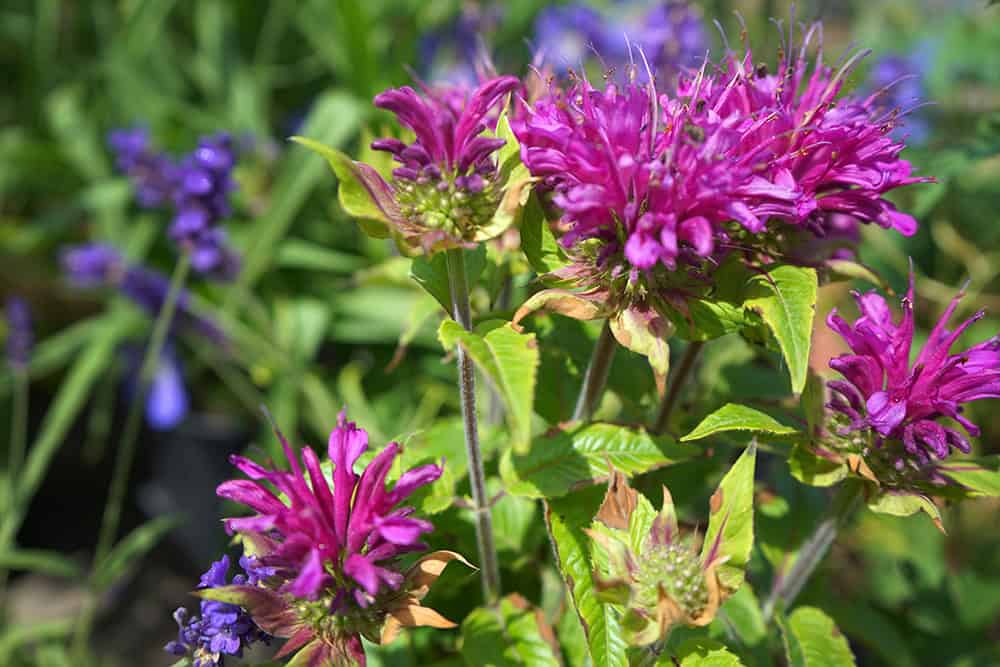
Anemone
With bright, yet dainty, blooms and attractive, wiry stems, the Anemone is an attractive statement perennial in any landscape. Originally native to Asia, varieties of anemone have been cultivated in Japan for centuries and are available in an expanse of colors and bloom seasons. The Anemone is an appealing perennial, as well, thanks to its deer, rabbit and insect resistance. Most varieties will grow to an average height of about 2′, making it an attractive border planting or front focal point in flower beds. Anemone will benefit from a good layer of mulching, as it enjoys a rich, evenly moist soil. Don’t be deceived by the delicate blooms – Anemone is a resistant, low maintenance perennial once established, and you’ll be enjoying its beauty for many seasons!
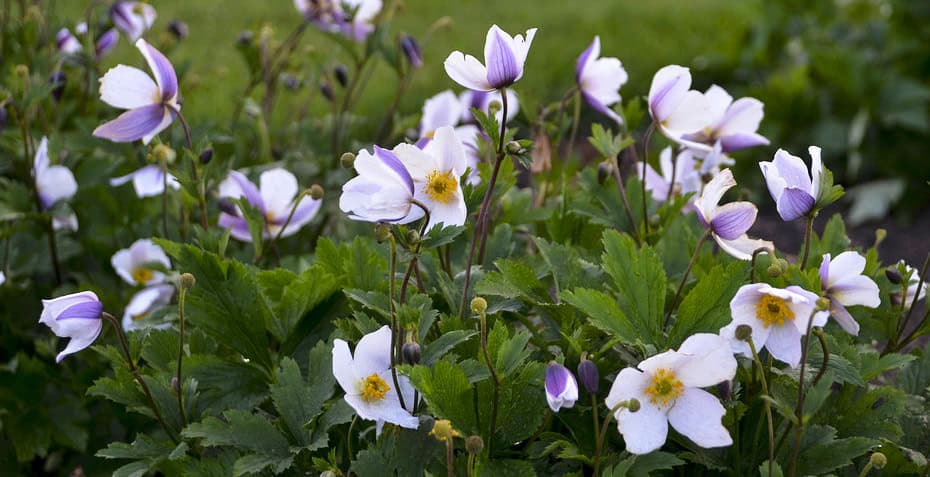
Russian Sage
With grey, fragrant foliage and delicate lavender flowers, Russian Sage is a versatile perennial to use as a standalone, ground cover, or backdrop in beds. This sun-loving plant thrives in drier soil and is deer and pest resistant. Most varieties will grow to 3′-4′, and requires little maintenance outside of pruning. Since it has a tendency to spread, gardeners are encouraged to shear the top 1/3 of spreading stems to encourage upright growth and prune any unwanted growth. Spent blooms can also be trimmed to promote new buds, ensuring that you’ll have a long season of color. Despite its name, Russian Sage isn’t actually related to the sage herb. It was coined the name because its crushed leaves emanate a sage-like aroma!
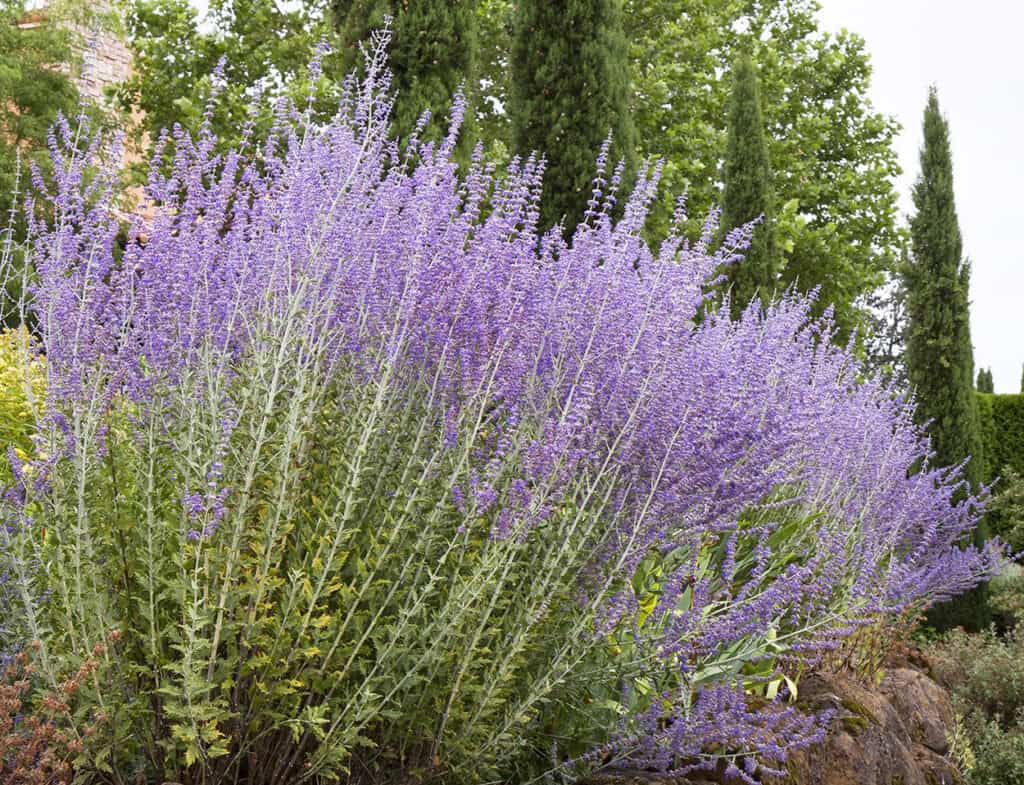
Speedwell (Veronica)
Ranging from creeping to upright, Speedwell is another versatile perennial that comes in a range of blue, purple, pink or white hues and will bloom all summer long. Speedwell is a truly hardy perennial, tolerating a range of soils and preferring sun to partial sun light levels. Upright varieties can grow up to 4′ height, and make a beautiful addition to cut flower bouquets. This low-maintenance plant is a favorite of hummingbirds and butterflies, while tending to be deer resistant. In Ireland, Speedwell is traditionally pinned on the clothes of travelers to keep them safe from accidents!

Coneflower (Echinacea)
Coneflowers are a classic favorite amongst perennials, and for good reason. This tough, native plant is drought resistant and thrives in well-drained soil and bright sun. It is available in a variety of colors from soft, muted tones to vibrant, show-stopping colors and will bloom from mid-summer all the way until a frost. When flowers begin looking ragged, gardeners can simply snip them back by about 1/3, encouraging another burst of colorful buds throughout the fall. Appealing to butterflies, bees and birds during the warm season, coneflower seed heads will also attract songbirds during the fall and winter months.
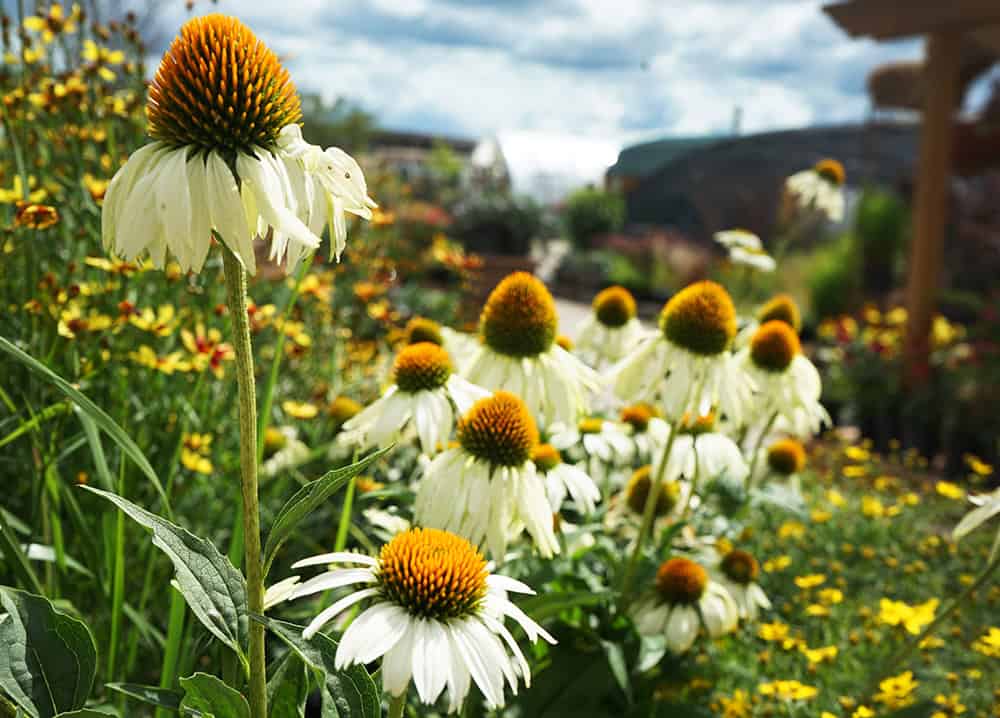
Planting a pollinator-friendly yard is not only beneficial to animal habitats and plant populations, its also a low-maintenance, sustainable way to bring long-lasting color to your home! To learn more, stop in to our garden center to speak with our team of knowledgeable, dedicated horticulturists. They’d love to talk plants with you!

